THE KILKENNY CABINETS ATTRIBUTED TO ETIENNE LEVASSEUR - REF No. 4079
Product Details
H: 55 in / 140 cm ; W: 91 1/2 in / 232 cm ; D: 21 1/2 in / 55 cm
An important pair 19th-century ormolu-mounted, ebony pewter brass and tortoiseshell boulle marquetry cabinets attributed to Etienne Levasseur, each with a rectangular shaped top above 2 glazed leaf scroll inlaid doors flanking a bacchic mask and ram's head decorated central panelled door between fluted brass inset columns on a gadroon moulded base fronted by lion masks terminating on turned toupie feet.
Circa 1820
French
Provenance: Kilkenny Castle, Kilkenny, Co. Kilkenny, Ireland. Purchased new by either, Walter Butler, 1st Marquess of Ormond, (2nd creation in the Irish Peerage, 1770-1820) or James Butler (1774-1838), 1st Marquess of Ormond in the UK Peerage
Footnote:
Sold in a dispersal sale in 1935 Lots 311 and 312, cf. photograph by Robert French showing the cabinets in the Long Gallery,1865; further a press cutting from 1935 with an illustration of one of the cabinets on the first day of the dispersal sale and a report on the second day of the sale indicating that one of the cabinets was sold for £37 and 10 shillings.
Kilkenny Castle:
Kilkenny Castle, Ireland was built in 1195 to control a fording-point of the River Nore and the junction of several route-ways. It was a symbol of Norman occupation and in its original thirteenth-century condition it would have formed an important element of the defences of the town with four large circular corner towers and a massive ditch, part of which can still be seen today on the Parade. The Land War of the 1880’s began the demise of the great landed families of Ireland. By the 1930’s, the 6th Marquess of Ormond (1893-1971) gave in and the contents of Kilkenny Castle were dispersed in an eight day sale in November 1935 by Battersby’s of Dublin. The offered cabinets had, by then, been moved to the Drawing Room from the Picture Gallery. They were described, Lot 311, as ‘Ebony and ormolu-mounted three-door china cabinet. 2 Boule mounted glazed doors, Boule centre panel door. Satyr mask ram's head and scroll decoration, lion’s masks, 4 fluted pillars on circular ormolu-mounted feet’. Lot 312 ‘A similar lot’. There were also a number of other ‘Boule’ (sic) lots including a cabinet on Stand 7 feet high as well as a lot of other French furniture. The cabinets were sold separately and have recently been reunited. The property was transferred to the people of Kilkenny in 1967 for £50 and the castle and grounds are now managed by the Office of Public Works. The Butlers of Kilkenny Castle One of the oldest of the French Norman families of Ireland, the Butlers of Kilkenny Castle were botillers to the King. They acquired enormous wealth and titles, including a Dukedom (of Ormonde). Their adherence to the Catholic faith and to the cause of James II did them no favours. They were attainted and their title of Earl of Ormonde was held in de jure name only. In 1791, John Butler (d.1795) conformed to the established Church of Ireland and he was confirmed as 17th. Earl of Ormond. His son, Walter, succeeded as 18th. Earl but was created Marquess of Ormond. The estate was worth £22,000 a year in 1799 and in that same year he gave up the presage of wines that the family had held for centuries. The compensation from the government was £216,000 (£65,000,000 in today’s money). A friend of the Prince of Wales he had the wherewithal to keep up with him. After the Act of Union he acquired a town house requiring considerable expense on furniture and decoration. It would certainly have included some Boulle furniture. By the time of his death in 1820, he remained childless and had got through all his fortune. His Marquisate died with him. The estate was entailed on the next male heir and that, along with the fortune of his mother, went to his brother, James Wandesford Butler 19th. Earl of Ormond who was, subsequently created, 1st. Marquess of Ormond in the Peerage of the United Kingdom. He also was a friend of the Prince of Wales. As Hereditary Chief Butler of Ireland, he officiated at the Coronation of George IV on the 19th. July 1821. It was one of the most splendid (and expensive) ever witnessed.
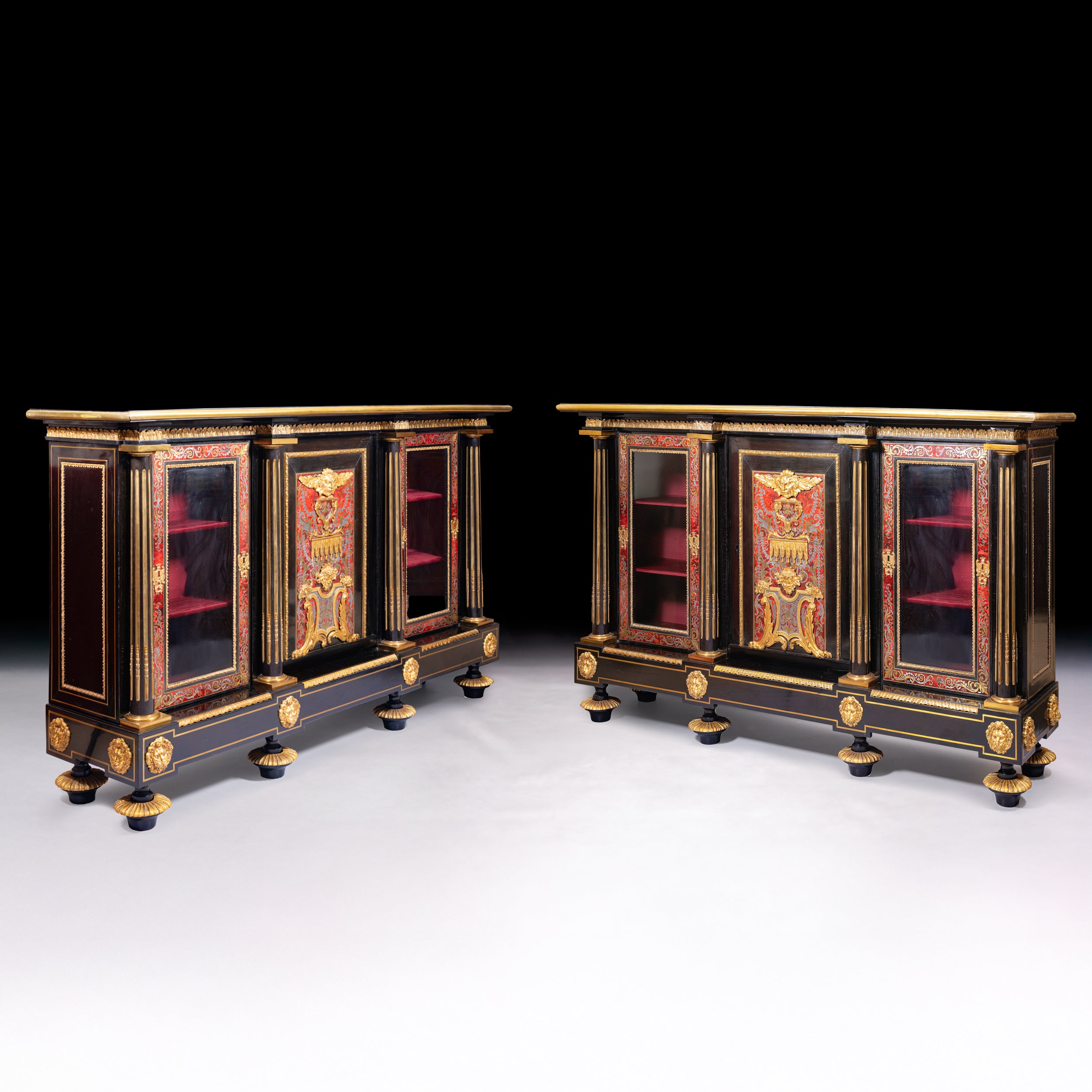
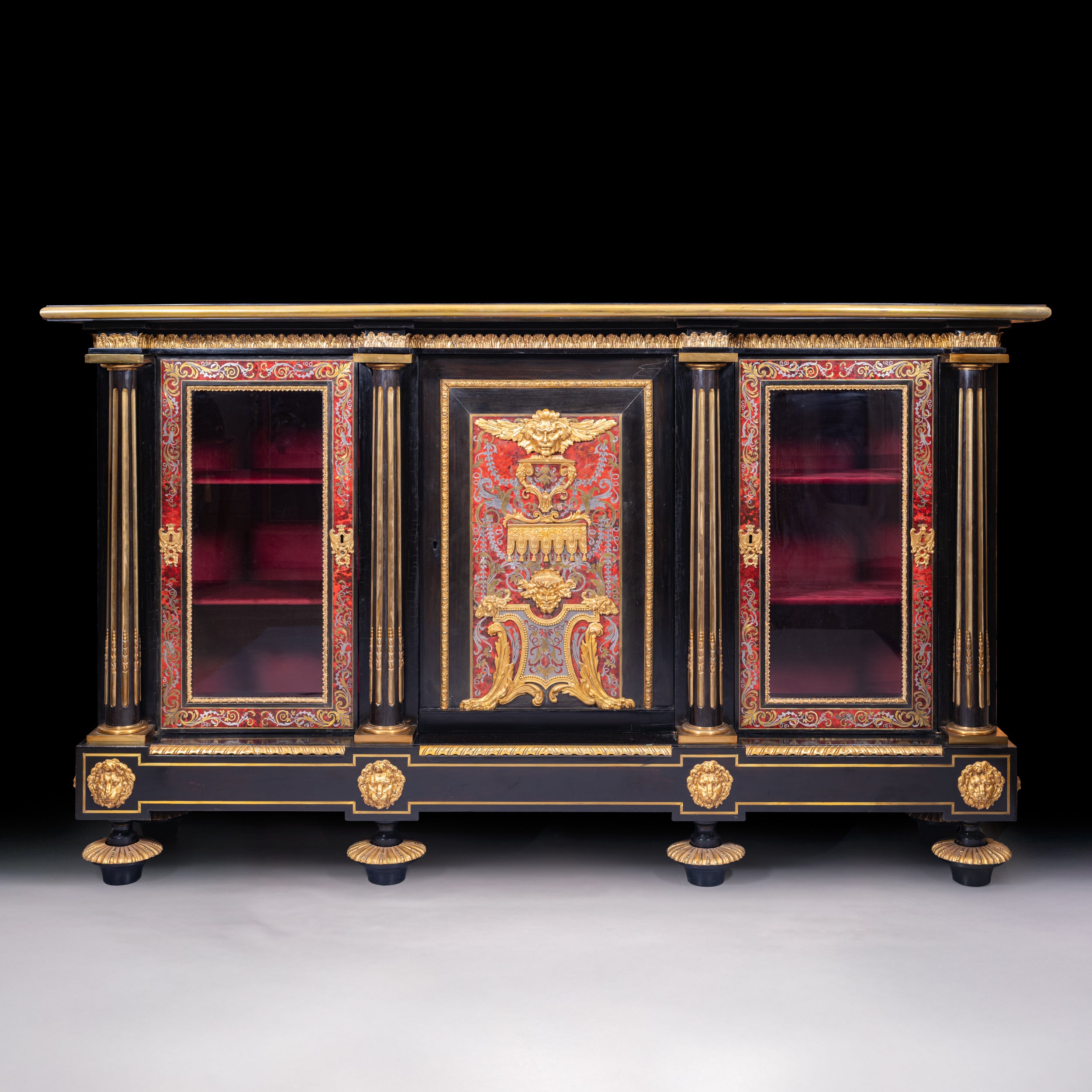
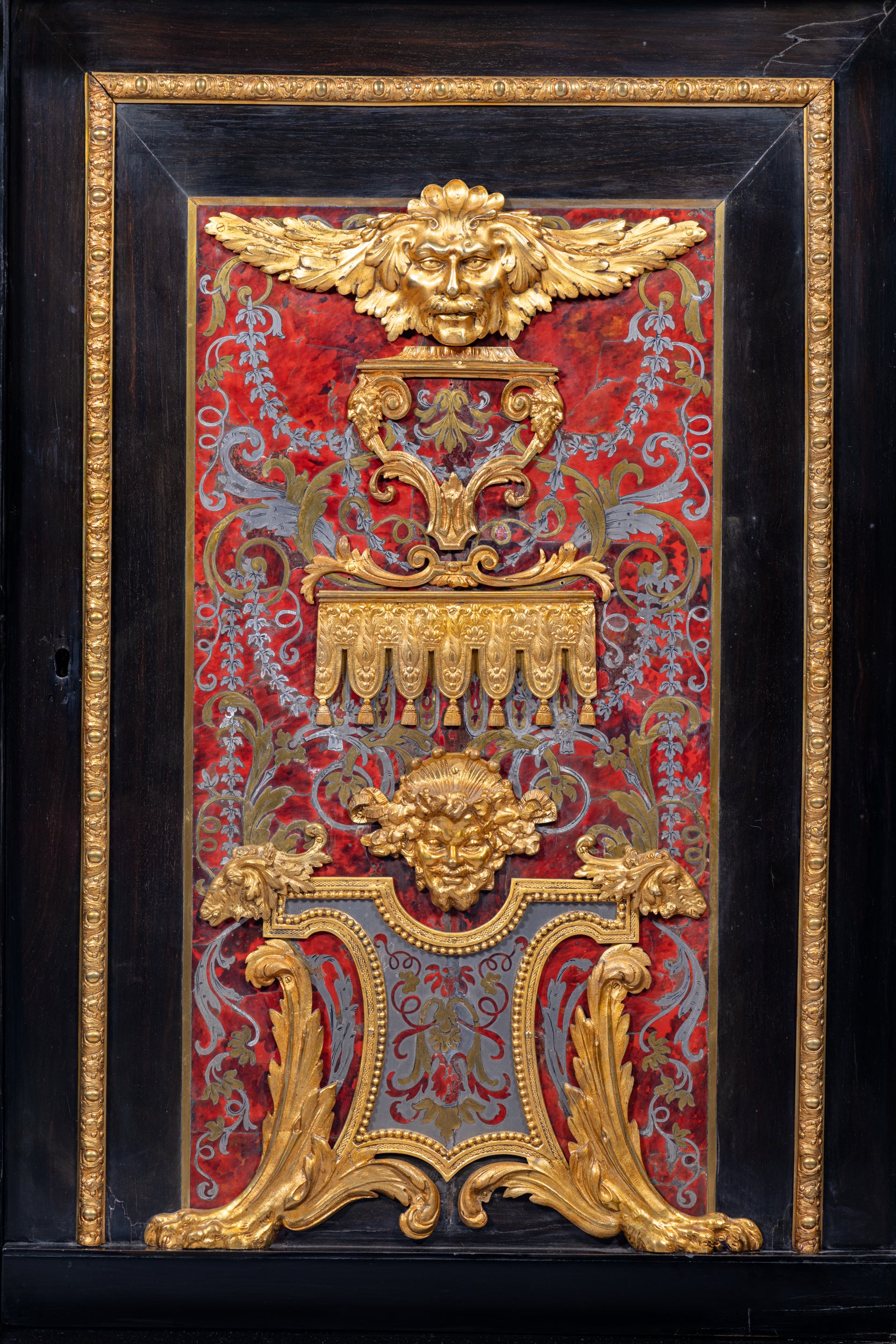
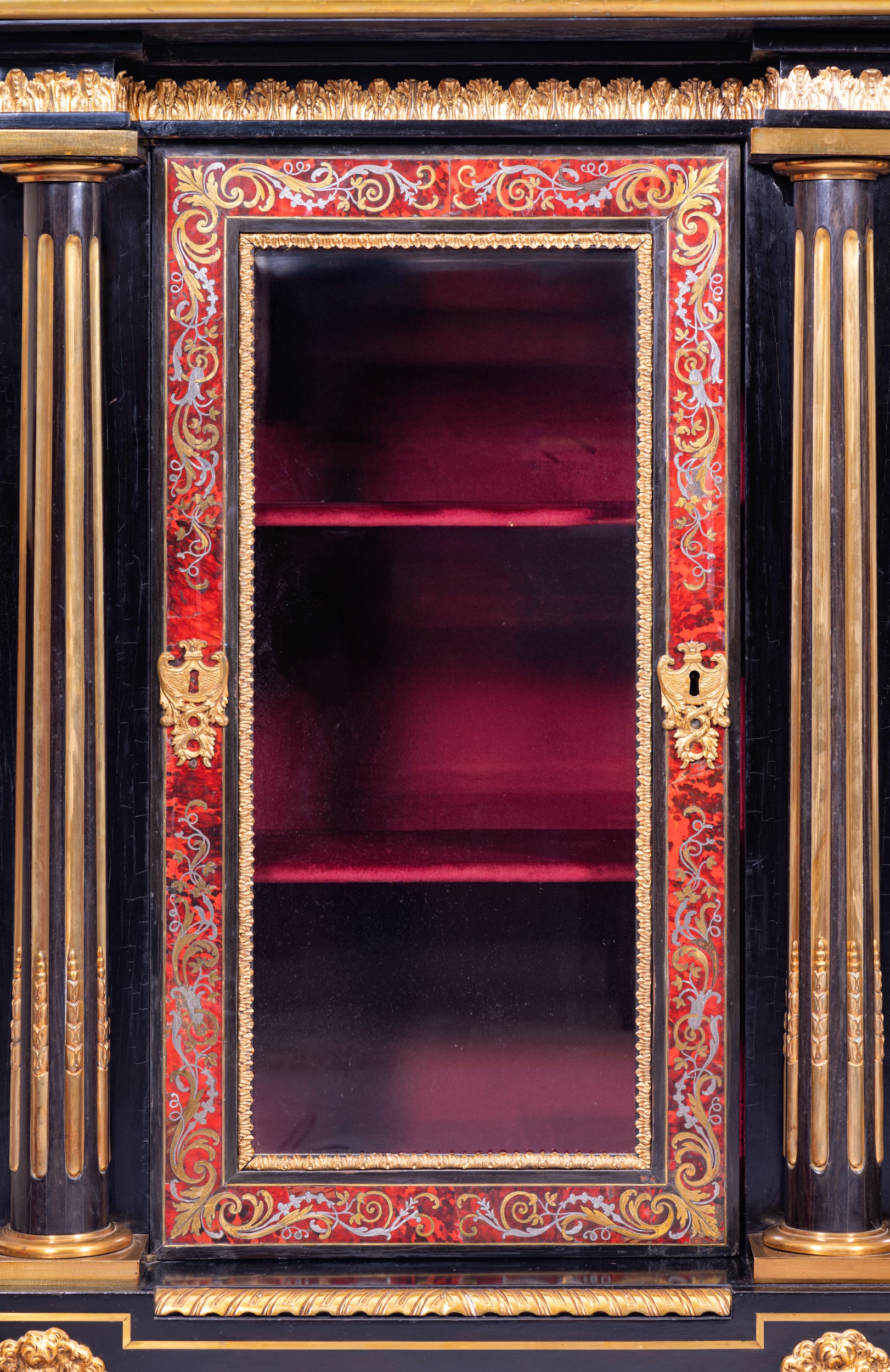
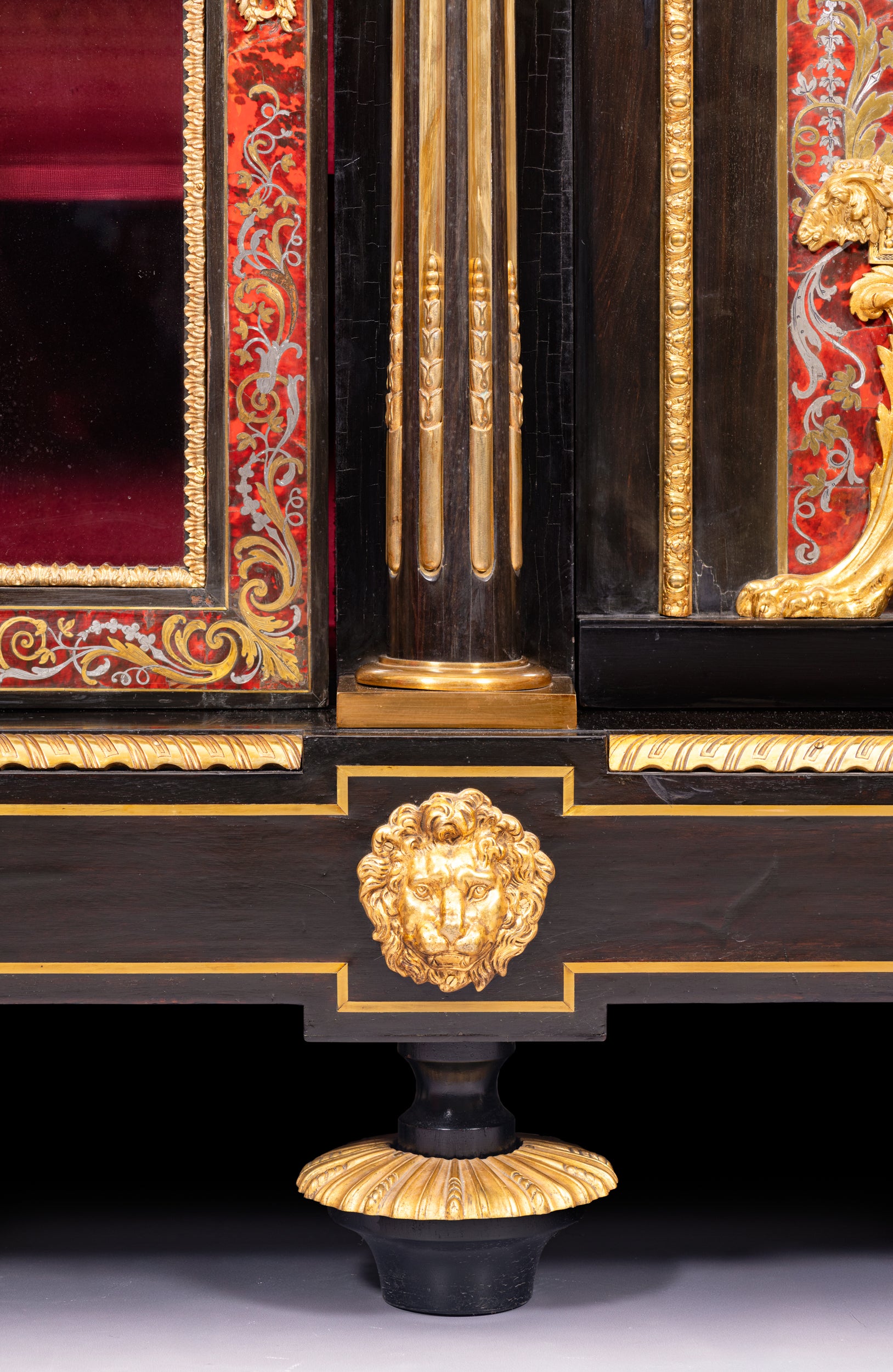
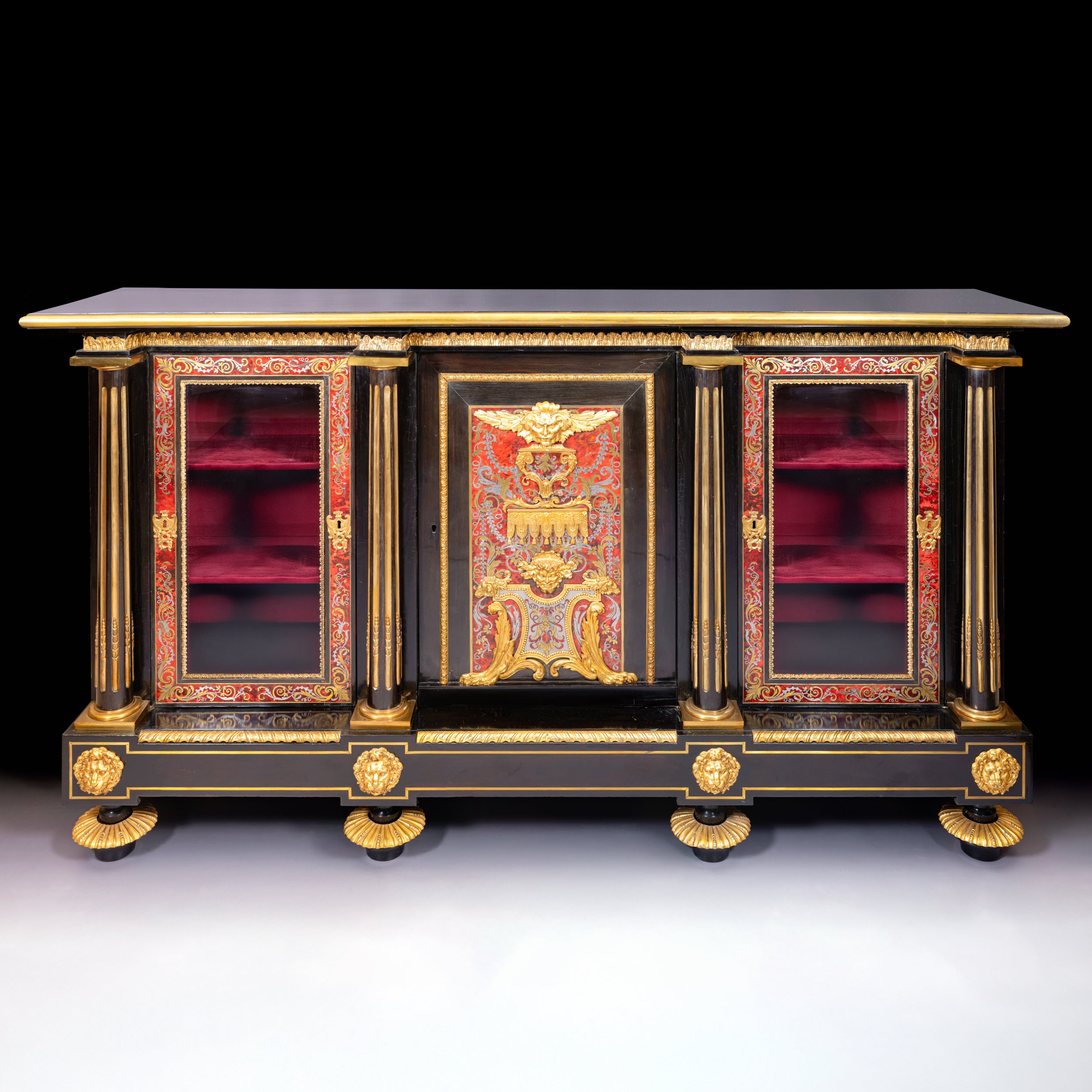
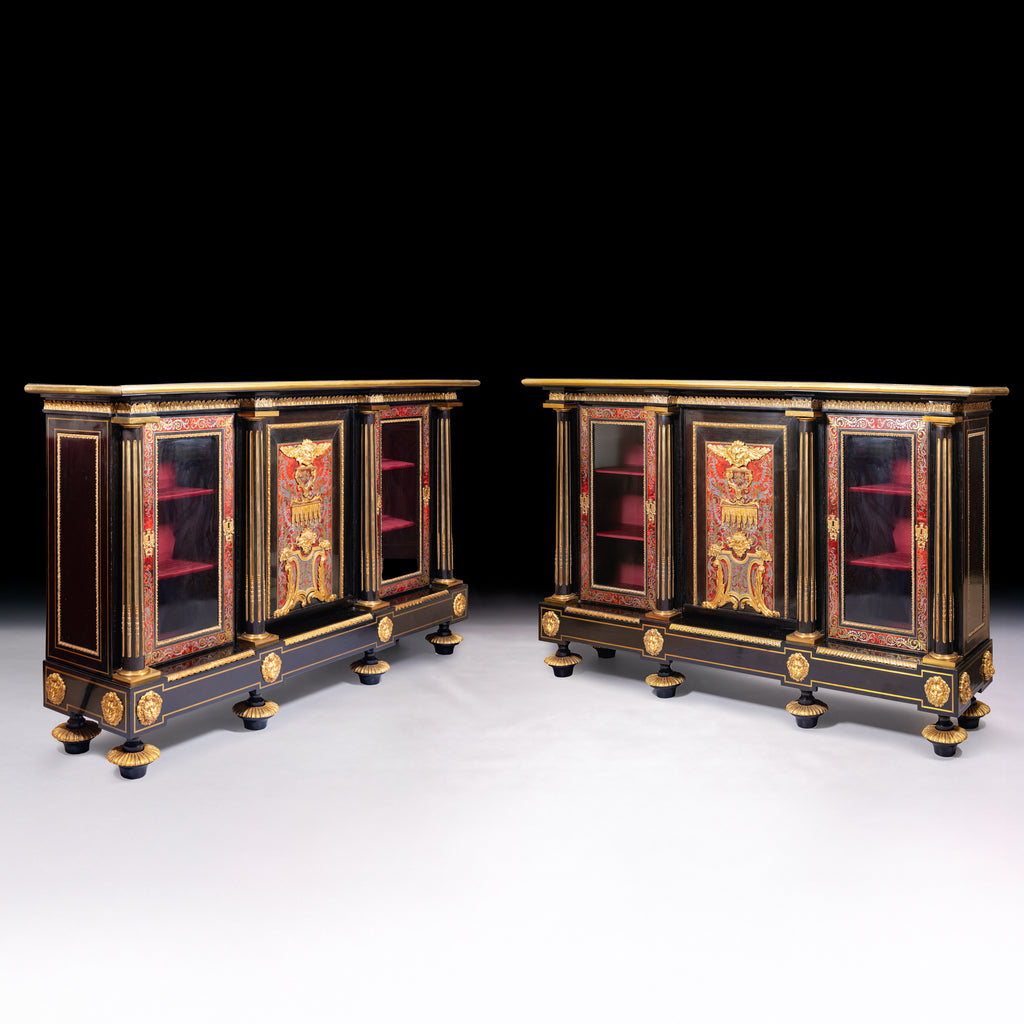
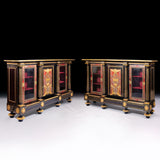


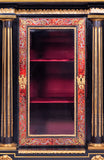
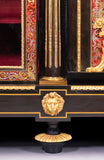
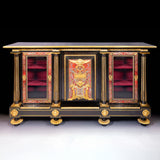
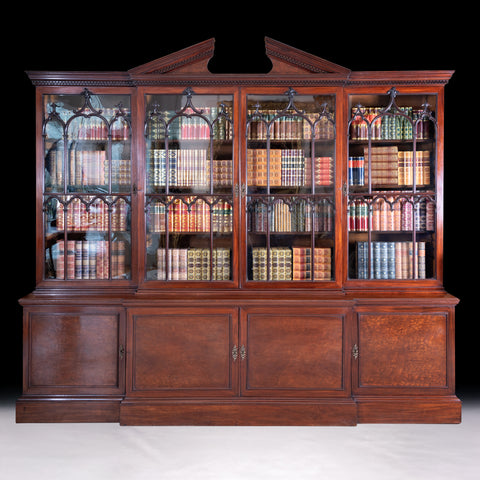
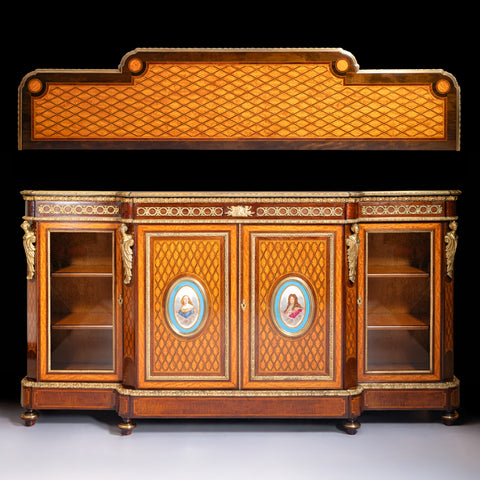
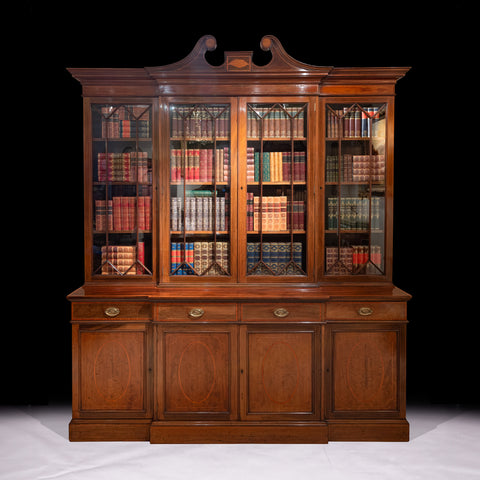
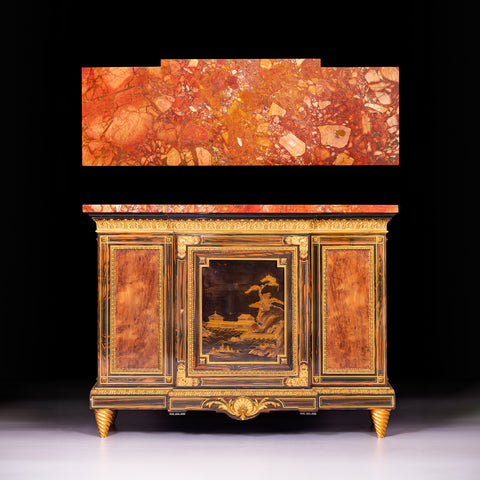
Connect